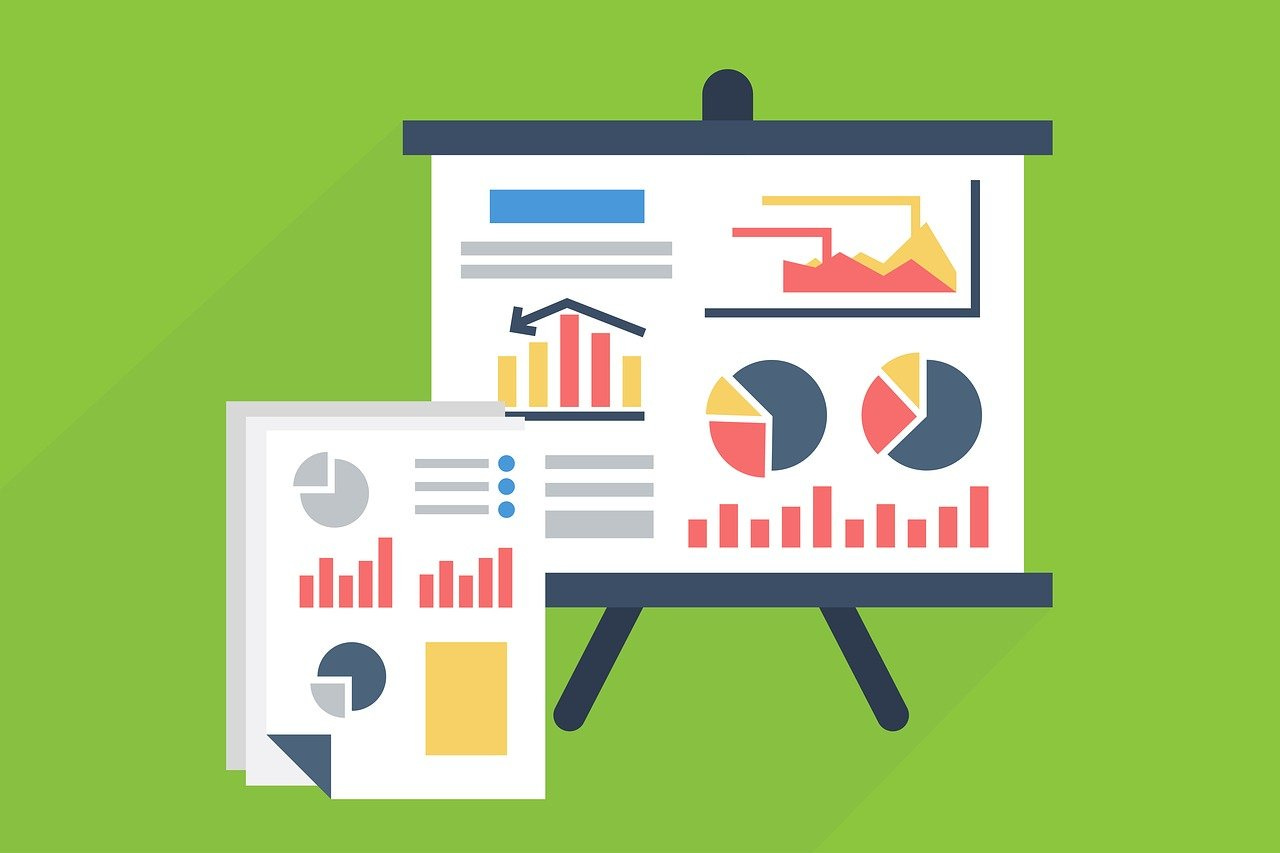SoTL Project Planning: Thinking about Data & Timelines
What data will you collect, and what will you do with it?
This summer series began with an introduction to what the Scholarship of Teaching and Learning is and how SoTL research fits your identity as a faculty member and researcher. After articulating what we wonder about our teaching and our students’ learning and developing SoTL research questions, this week we consider building specific plans for carrying out your projects.
Data Collection & Analysis
Conducting classroom research allows teachers to take an inquiry stance toward their own practice. By posing research questions, gathering data, and analyzing evidence, educators can gain insight into the teaching and learning dynamics in their own context.
Some questions to consider…
Do I have access to existing data or artifacts that might help me address the research question? Student work - particularly reflection papers - is a great place to start. Assessment results and observational notes you make about ongoing learning in your classroom are other types of data you might already be collecting as part of the normal course activities.
What data will I collect to answer my research questions? Think about what evidence will help you to better understand the phenomenon you wish to investigate. Perhaps asking a colleague to observe a few classes where you are trying something different, conducting interviews or focus groups with students, or using student questionnaires will provide you with the data you need. It’s important to be strategic in your data collection so you gather useful information without becoming overwhelmed.

Here’s an example . . .
TOPIC (what you want to know more about): student engagement and knowledge retention in lecture-based courses
INTERVENTION: Incorporating multimedia presentations
CONTEXT: Introductory (survey) history course
RESEARCH QUESTION: How does integrating multimedia presentations in an introductory history course affect student engagement and knowledge retention compared to traditional lectures?
POTENTIAL DATA SOURCES:
Surveys/questionnaires to gather student feedback on engagement and knowledge retention.
Classroom observations to assess student behaviors and interactions during multimedia presentations and traditional lectures.
Analysis of student artifacts, such as quizzes or assignments, to measure their comprehension of course material.
Drafting a Project Timeline
Once you have a reasonable plan of what data you need to collect, and what you want to do with the data, it’s time to think about a project timeline. This may include preparation activities (e.g., finalizing your research topic, conducting a literature review, designing your study methodology and data collection tools) and will certainly include a detailed timeline of collecting and analyzing data.
What will I do with the data I’ve collected? Plan how you will organize and analyze the data to identify themes, patterns, or changes over time. One thing to consider is whether you have someone to help you analyze the data - a student, or a colleague - or if you plan to work alone.
In your planning, you may need to account for…
Institutional Review Board approval processes and participant recruitment time, if applicable,
Identify any fixed deadlines you need to work towards, like conference submission dates
Build in extra time for delays or iterative cycles as part of the data analysis process
We’ve come to the end of the SoTL project planning summer series - and, alas, the end of the summer. Look this weekend for a “back to school” post with some ideas for the first week of classes.
Questions? Suggestions? Leave a comment below!




